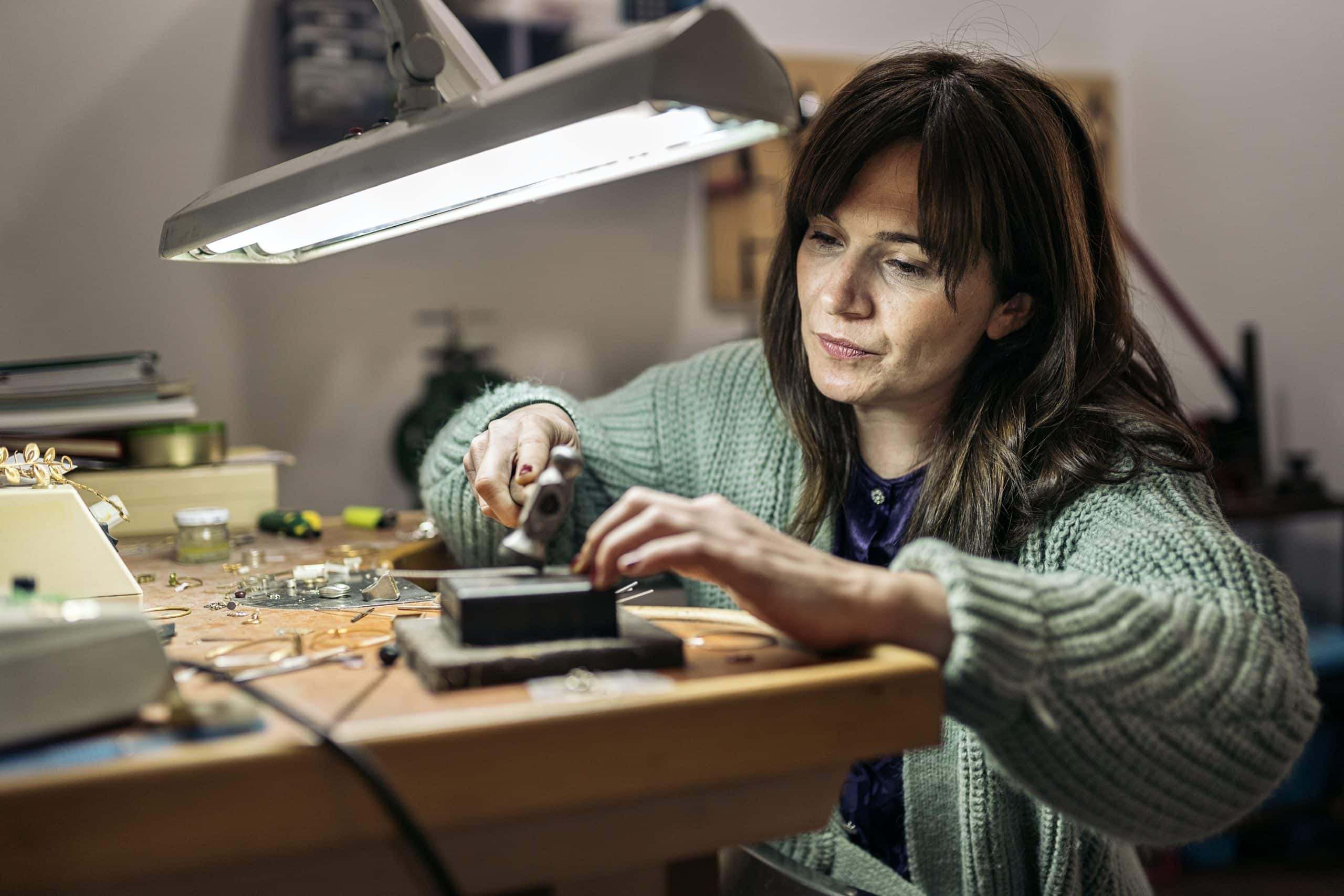When it comes to painting, light is a pivotal element. The way the color appears, the shadows and highlights are perceived, and the mood of the entire piece is dictated by light. As such, it’s essential to have good lighting in your art studio. Yet, this doesn’t mean just installing the brightest bulbs in your home studio. It involves a careful combination of both natural and artificial lighting, layout, and color palette that will provide the best environment for you to create your masterpieces.
Choosing the Right Space
Choosing the right room in your home to convert into an art studio is the first step towards creating a natural light-filled space. This room ideally should have a large window, or better yet, multiple windows that face either north or south. Northern or southern exposure offers the most consistent and ideal daylight conditions for painting.
En parallèle : What’s the Most Creative Way to Repurpose Old Suitcases into Home Decor?
Consider also the floor space available. You’ll need enough room to comfortably maneuver around your easel, storage areas for your art supplies, and perhaps space for a chair or couch for breaks. If possible, select a room with high ceilings. This will give you more wall space for hanging art and placing shelves, and it can enhance the natural light in the room.
Remember, the space does not have to be perfect right off the bat. It’s a work in progress, and you will learn more about what works best for you as you adjust to painting in your new studio.
Avez-vous vu cela : How to Design an Allergy-Friendly Book Nook with Easy-to-Clean Surfaces?
Setting Up Your Easel and Workspace
The placement of your easel is crucial in utilizing the natural light in your studio. If your primary source of light is a window, place your easel sideways to it. This way, the light will spread evenly across your canvas, avoiding harsh shadows that might distort your perception of color.
In addition to your easel, carefully consider where you will store your paints, brushes, canvases, and other tools. Storage is a critical factor in creating a productive and enjoyable workspace. You may want to invest in a rolling cart or drawers that can be easily moved around your studio. This will allow you to keep your tools within reach without crowding your painting area.
Selecting the Ideal Color Palette for Your Studio
The color palette of your studio can affect your perception of color on your canvas. As a general rule, you’ll want to stick with neutral colors for your walls, floors, and ceilings. This will help prevent any color reflections onto your painting.
White is a popular choice as it does not interfere with the color on your canvas. However, some artists find that a completely white room can be harsh on the eyes, especially in a space with lots of natural light. If you find this to be the case, consider off-white or gray shades.
Lighting Your Studio
While natural light is the ideal light source for painting, it’s not always feasible to rely solely on it. The availability of natural light will change throughout the day and with the seasons, so you will also need artificial light to supplement it.
There are many types of light bulbs available, including incandescent, halogen, LED, and fluorescent. Each has different qualities, so you may want to test a few to see which you prefer. Fluorescent lights can be a good choice as they produce a cool, white light, similar to daylight.
When setting up your lights, aim to mimic the natural light that comes from your windows. This can be achieved by placing your lights off to the side of your easel, similar to how you would place your easel in relation to a window. Consider also using a dimmer switch so you can adjust the brightness as needed.
Maintaining Your Studio
Once you’ve set up your home art studio, maintenance is key. Keep your space clean and organized. This means regularly cleaning your brushes, disposing of any waste, and keeping your storage areas tidy. A well-maintained studio is not only more pleasant to work in but can also improve your efficiency and productivity.
Creating a natural light-filled home art studio may seem like a daunting task, but with careful planning and a bit of trial and error, it can provide a rewarding space for your artistic endeavors. Remember, the key is to create a space that meets your individual needs and preferences as an artist. With time and patience, you will create a home studio that illuminates your artwork in the best light possible.
Utilizing the North Light Advantage
The term "north light" is often used by artists and photographers to describe a specific type of natural light. North light is soft, diffused, and has a consistent color temperature throughout the day. It makes colors appear more vibrant and reduces the harsh shadows that can distort your perception of color. This is the reason why it is highly desired in an artist studio.
To utilize the north light in your home art studio, you should locate your workspace in a room with north-facing windows. In case you don’t have any north-facing windows, consider installing skylights or light tubes to allow the north light to pour into your studio.
If you’re working in a place without north-facing windows or the possibility of installing skylights, you can still utilize the north light by using artificial light sources that mimic its characteristics. Full spectrum light bulbs are designed to replicate the full range of light that is present in natural daylight, making them the closest artificial light to north light.
When arranging your studio, remember that the position of the light source in relation to your easel is just as important as the light source itself. For the most accurate color rendering, your canvas should be lit evenly from the side. Avoid having the light source directly behind or in front of you as this can create harsh shadows and glare on your canvas.
Considering the Color Temperature
The color temperature, commonly measured in Kelvin (K), of your light source can significantly impact how colors appear on your canvas. It refers to the warmth or coolness of the light emitted by the light source.
Natural daylight has a relatively high color temperature, in the range of 5500K to 6500K, which is considered "cool light". On the other hand, artificial light from standard light bulbs tends to have a lower color temperature, typically around 2700K to 3000K, resulting in a "warm" light.
For painting, a color temperature close to natural daylight is ideal. This provides a more accurate color rendering and allows you to see the true colors of your paint. However, just as with the direction of light, always consider your individual preferences and what works best for you.
Keep in mind that the color temperature of your light source should be consistent throughout your studio space. Mixing light sources with different color temperatures can create confusing and misleading color shifts on your canvas.
Conclusion
Creating a natural light-filled home art studio for painters requires careful attention to lighting, space selection, setup, and maintenance. But the rewards are well worth the effort. You’ll have a space where you can create masterpieces with the best possible lighting conditions.
Ideally, your studio will make use of the soft, consistent light provided by a north-facing window. If that’s not available, full spectrum light bulbs that mimic this effect is a great alternative. You should also ensure you’re working under a color temperature that closely matches natural daylight for the most accurate color rendering.
Remember, the goal is to create a studio space that suits your individual needs as an artist. This may take time and patience, but with careful planning, your home studio will be a place where your artistry can truly shine.






